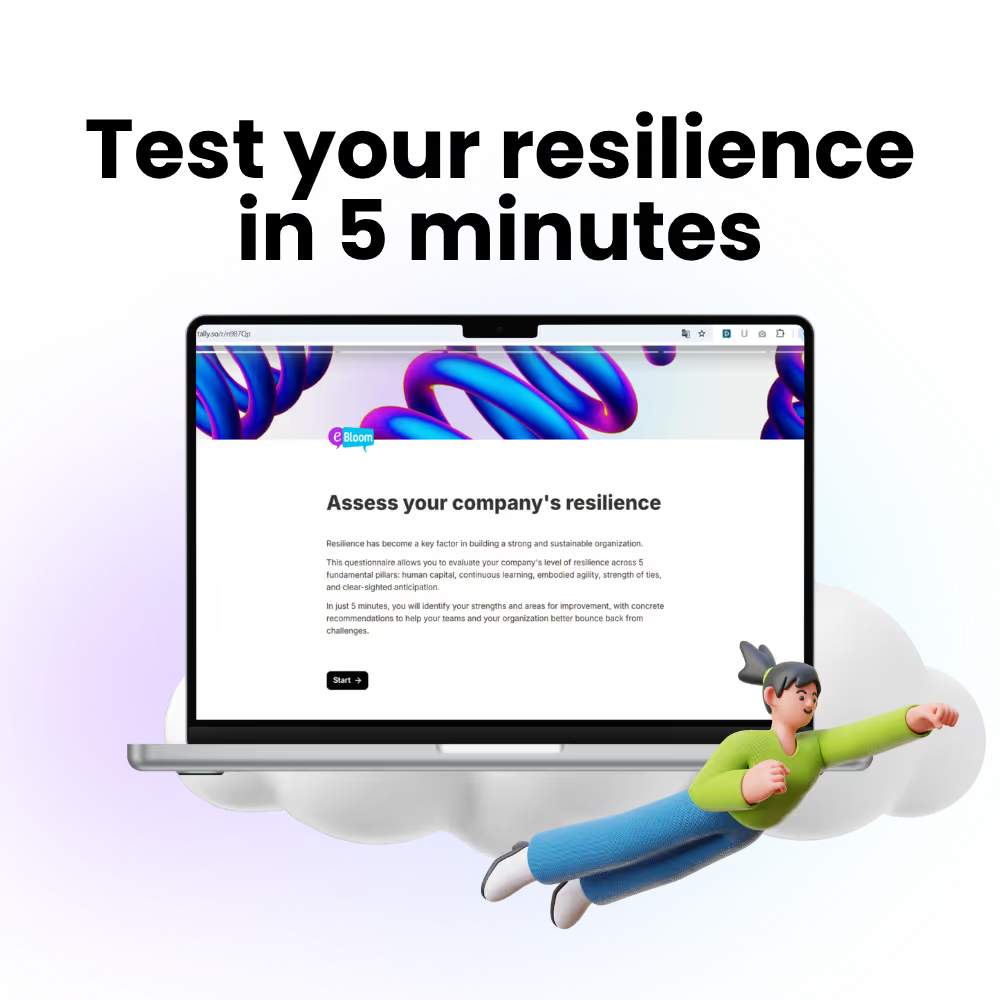As employees return to work after the summer break, many face the challenge of quickly readjusting to fast-paced environments, making skill gaps more apparent. According to the 2023 LinkedIn Learning Workplace Learning Report, 89% of learning and development (L&D) professionals agree that proactively building employee skills is crucial to navigating the evolving future of work. This period presents HR professionals with a unique opportunity to implement targeted training programs that address these gaps and drive long-term productivity and growth.
1. Identify Training Needs
Before designing a training program, it’s essential to pinpoint specific skills and knowledge gaps that need to be addressed. While competency matrices and 360-degree feedback are standard methods, the growing use of AI-powered analytics is revolutionizing how companies assess training needs. However, an often overlooked but crucial step is directly involving employees in the process. Employees themselves can provide valuable insights into the areas where they feel they need development, which enhances engagement and ensures training is relevant to their career goals.
Steps for Needs Analysis:
- Evaluate Past Performance: Analyze previous quarters to identify areas where employees could benefit from additional training. This ensures that the training is data-driven and targeted.
- Consult Managers: Gather feedback from managers to understand the specific skills their teams need to develop. This step ensures that the training is relevant to actual team needs.
- Employee Self-Assessment: Encourage employees to identify areas where they feel they lack confidence or expertise. This step promotes ownership of the learning process and ensures that training aligns with personal development goals.
- Leverage AI-Powered Tools: Use advanced platforms like Degreed to analyze employee work patterns, past performance, and job-specific tasks. These tools provide data-driven insights, enabling more tailored training solutions that address each employee’s unique learning path.
2. Enhance Training Effectiveness with Adult Learning Principles
To maximize training impact, it’s crucial to adopt an adult learner-centered approach. While Malcolm Knowles' andragogy principles are well-established, incorporating more recent findings from neuroscience can elevate the effectiveness of your training programs.
Principle 1: Leveraging Learners' Experiences
- Immediate Application: Design training that allows employees to apply new knowledge directly through simulations or real-world projects. This approach increases retention and improves long-term skills acquisition.
Principle 2: Spaced Learning and Retention
- Microlearning for Retention: Recent studies in neuroscience suggest that adults learn best when information is spaced out over time, rather than delivered in one long session. Incorporating microlearning—short, focused learning segments—into your training program can significantly improve retention and engagement.
Principle 3: Aligning with Personal Goals
- Intrinsic Motivation: Align training with employees’ personal and professional goals. When employees see clear links between training and their career progression, they are more likely to engage fully. This aligns with findings from the Gallup State of the Global Workplace report, which shows that engaged employees are 18% more productive. (Gallup, State of the Global Workplace).
3. Measure Training Effectiveness Using the Kirkpatrick Model
The Kirkpatrick Model is a well-established framework for evaluating training effectiveness across four levels: reaction, learning, behavior, and results (Kirkpatrick, D. L. (1994). Evaluating Training Programs).
| Evaluation Level |
Description |
Application Example |
| 1. Reaction |
Measures participant satisfaction |
Post-training surveys to gather immediate feedback |
| 2. Learning |
Assesses knowledge gained |
Pre- and post-training assessments |
| 3. Behavior |
Observes changes in daily work behavior |
Monitoring the application of new skills on the job |
| 4. Results |
Impact on business goals |
Analyzing KPIs such as productivity or employee retention rates |
While the Kirkpatrick Model remains a trusted method for evaluating training outcomes, modern tools such as Learning Experience Platforms (LXPs) take evaluation to the next level by providing more dynamic and real-time insights.
- Incorporate Learning Experience Platforms (LXPs): In addition to using the Kirkpatrick Model, many companies now utilize platforms like Degreed. These platforms track real-time engagement and learning outcomes and measure behavioral changes and skills application over time. This approach helps HR teams gain a clearer picture of training effectiveness by not only collecting traditional feedback but also tracking the actual development and application of skills within the workforce.
By combining the Kirkpatrick Model with advanced technology, companies can better understand the short-term and long-term impact of their training initiatives, thus optimizing their learning strategies.
4. Engage Employees in the Process
Engaging employees in the training process is critical for ensuring participation and effectiveness. Research shows that when companies involve employees in training design, they often see increased engagement and better outcomes. (SHRM article on Employee Engagement).
Strategies to Foster Engagement:
- Co-Creation of Content: Involve employees in developing training modules. This ensures that the training content is relevant and applicable, which boosts buy-in and engagement.
- Continuous Feedback: Use real-time feedback platforms, like eBloom, to adjust training programs dynamically based on participant input. This makes the training more responsive and ensures that it stays aligned with learners’ needs.
5. Case Study:Unilever’s Success with AI-Driven Learning
Unilever has successfully integrated AI-powered learning platforms to address skill gaps within their workforce. By implementing HR Tech, Unilever was able to provide personalized learning paths to its employees based on their roles and interests. This shift improved engagement and also led to a significant increase in skills development, as employees could now access learning materials tailored to their specific needs. In addition, the use of AI helped the company identify areas for improvement and optimize training efforts to drive better performance across teams.
6. Additional Resources
Check out these related articles on the eBloom blog:
Conclusion
Now is the time to make your training programs a key driver of organizational growth. By leveraging data-driven insights, neuroscience-backed learning principles, and tailored strategies, HR professionals can turn the post-summer return to work into a launchpad for employee engagement and long-term success.


.avif)



